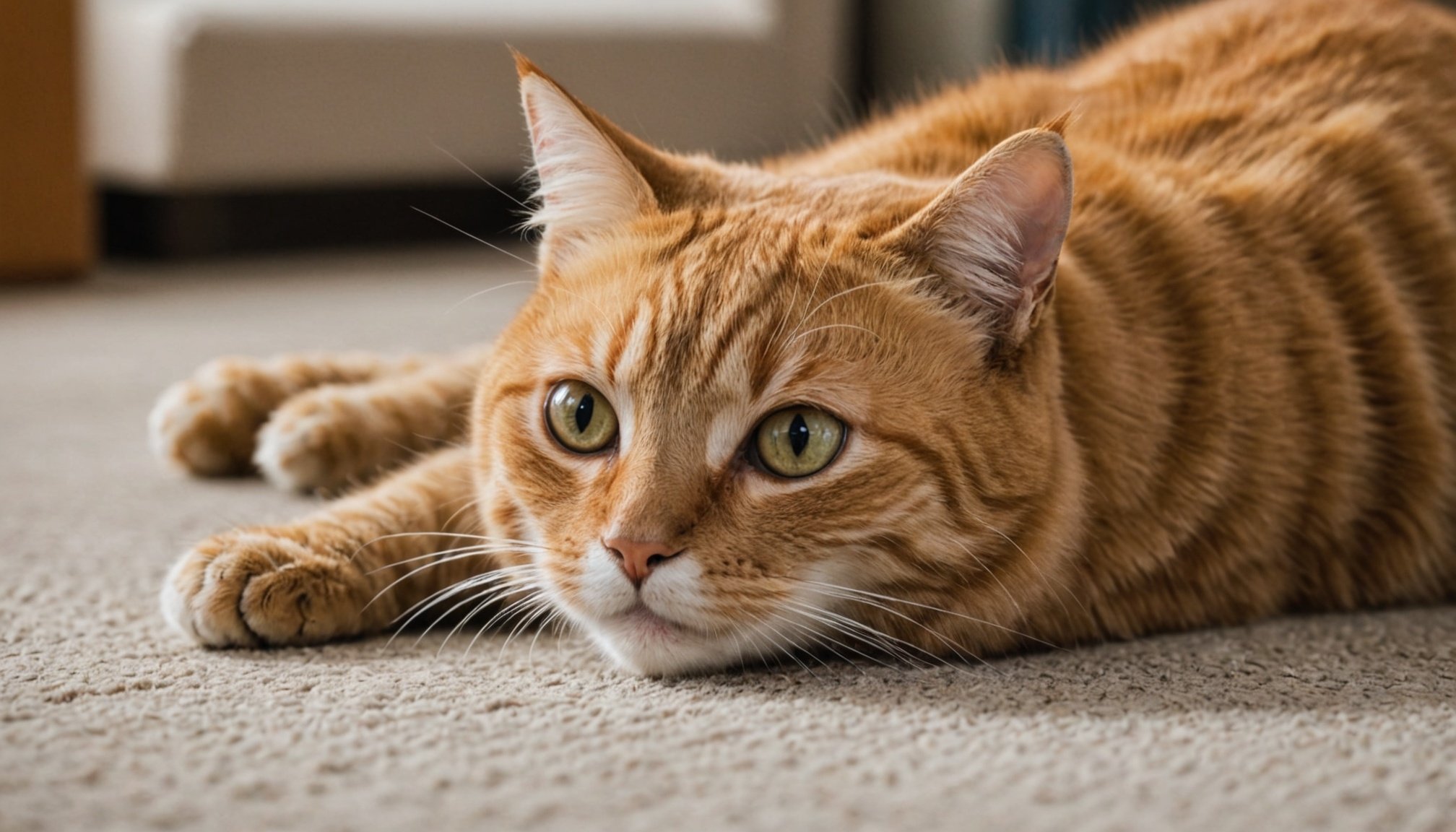Declawing is a contentious topic among cat owners and veterinarians alike. Many pet owners opt for this procedure, believing it will solve behavioral issues such as scratching furniture or causing injuries. However, the reality is much more complex. Declawing, or onychectomy, involves the amputation of the last bone of each toe, leading not only to physical changes but also to profound psychological effects on cats. Understanding these effects is crucial for making informed decisions about your pet’s well-being. In this article, we will explore the psychological ramifications of declawing on cats and discuss humane alternatives that can be explored.
The Procedure and Its Consequences
Declawing is often mistakenly viewed as a minor procedure. However, the reality is starkly different. The operation can lead to a plethora of physical and psychological consequences for your cat. After declawing, many cats experience pain similar to what humans feel after a major surgery. This pain can linger, affecting their mobility and willingness to engage in normal activities. Cats rely heavily on their claws for balance and climbing, and their absence can lead to a lack of confidence in their movements.
Also read : Recognizing Cognitive Decline in Senior Cats: How to Foster a Nurturing Environment for Them
Moreover, the psychological impacts are significant. Declawed cats may exhibit changes in behavior, such as increased aggression and anxiety. This is often attributed to the fact that they cannot defend themselves as they naturally would. With a significant part of their natural behavior removed, these cats can become fearful and exhibit behaviors that are not typical for them. For instance, instead of scratching to mark territory or stretch, they may resort to biting or other aggressive behaviors in an attempt to express their discomfort and stress.
Some studies suggest that declawed cats are more likely to be surrendered to shelters due to behavioral issues that arise post-procedure. Therefore, understanding the consequences of declawing is essential for any cat owner considering this option.
In the same genre : Essential Guide to Syringe-Feeding Your Ill Cat: Effective Techniques for Nourishing a Picky Eater
Common Psychological Effects of Declawing
The psychological effects of declawing can vary widely from one cat to another. However, there are some common themes that emerge in the behavior of declawed cats. One of the most notable effects is the development of fearfulness. Declawed cats may become wary of their environment, as they can no longer use their claws to defend themselves or climb to safety. This heightened sense of vulnerability can lead to increased stress and anxiety.
Additionally, you may notice changes in your cat’s interaction with you and other pets. Declawed cats sometimes become more withdrawn, distancing themselves from activities they once enjoyed. Their instincts may lead them to avoid interactions that they would typically seek out, fearing that they cannot defend themselves if needed. This can result in a less affectionate pet, which can be disheartening for owners who have come to rely on their cat’s companionship.
Aggression can also manifest in declawed cats, with biting becoming a more common form of defense. Without claws, a cat may feel compelled to use its teeth to express discomfort or fear. This shift can be alarming for owners and creates a cycle of misunderstanding between pet and owner. The cat may feel attacked when it attempts to communicate its distress, leading to further behavioral issues. Understanding these psychological changes is vital for providing the right support and care for your declawed cat.
Alternatives to Declawing
Fortunately, there are numerous alternatives to declawing that can help you manage your cat’s scratching behavior. These alternatives not only protect your cat’s physical and psychological well-being but also enhance the bond you share with your pet. One of the most effective strategies is to provide a variety of scratching posts and pads for your cat. Cats have different preferences when it comes to scratching surfaces, so offering various textures and orientations can entice them to use these designated scratching areas instead of your furniture.
Another option is to train your cat to use these scratching alternatives effectively. Using positive reinforcement methods, such as treats and praise, can encourage your cat to scratch the appropriate surfaces. You can also apply catnip to scratching posts to make them more appealing. This simple addition can entice even the most stubborn cat to engage with their scratching posts.
Additionally, regular nail trimming can reduce the damage done to your furniture while also maintaining your cat’s comfort. Many vets and pet groomers offer nail trimming services, ensuring that this essential task is handled professionally. For those who prefer a DIY approach, investing in high-quality nail clippers designed specifically for cats can make the process smoother. Furthermore, you may consider using soft claw caps, which are small plastic covers that can be applied to the cat’s claws to prevent scratching damage without resorting to declawing.
Educating Cat Owners on Ethical Choices
As a cat owner, educating yourself about the ethical implications of declawing is crucial. Understanding the potential psychological effects on your pet can lead to more humane choices. Many veterinarians and animal welfare organizations advocate against declawing, emphasizing the importance of considering your cat’s needs and well-being above all else.
Engaging with educational resources, including books, articles, and workshops, can significantly enhance your understanding of feline behavior and care. Many pet owners are unaware of the consequences of declawing, often viewing it as a practical solution to a common problem. By taking the time to learn about your cat’s natural behaviors and instincts, you can make better choices that promote their overall health and happiness.
Moreover, participating in discussions with other cat owners and veterinarians can provide valuable insights into effective alternatives to declawing. Online forums and social media groups focused on feline health can serve as platforms for sharing experiences and tips. Advocate for the well-being of your cat by discussing these topics in your community, helping to shift perspectives on declawing and promote more humane practices.
Declawing is a procedure fraught with ethical concerns and serious psychological implications for cats. Recognizing the potential for increased fearfulness, aggression, and behavioral issues is essential for any cat owner. As you consider the best options for your feline friend, remember that alternatives to declawing exist that can effectively address scratching behavior without compromising your cat’s well-being. By providing appropriate scratching surfaces, engaging in positive reinforcement, and educating yourselves about the best practices in feline care, you can create a loving environment that meets your cat’s needs. Ultimately, making informed decisions not only enhances your cat’s life but also strengthens the bond you share, ensuring a happier and healthier future together.











